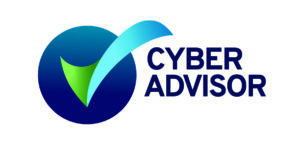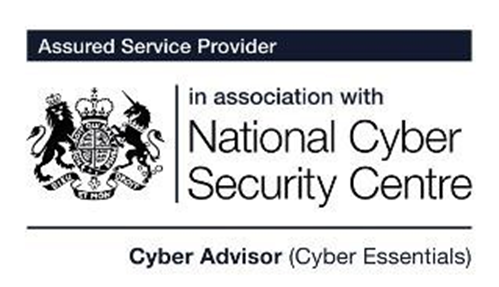Our blog
Cyber and IT Blog
Are you looking for easy-to-understand yet empowering insight into the world of IT and digital technology? Our cyber blog covers comprehensive guides, in-depth discussions and detailed reports into the essential IT topics your business needs to know about. From cyber security and digital threats to executing IT strategy and digital transformation plans, our blog is your user-friendly window into the ever-changing world of business IT.

78% Average First Contact Resolution
98.8% Average Customer Satisfaction Score
Rapid Response Time
Cyber Focused Approach
OUR BLOG:
WRITTEN BY EXPERTS, CREATED FOR YOU
The team at Optimising IT are award-winning experts, qualified across a range specialist areas including IT consultancy, cyber security, data compliance and more. Secure industry-leading insight and improve your business IT services with a group of senior IT figures proud to have over 100 years of combined experience in information technology.
Categories
- Bristol (1)
- Business Intelligence (2)
- Careers (2)
- Case studies (5)
- Client Consultancy (21)
- Cloud Services (25)
- Cyber Security (69)
- Digital Transformation (7)
- Events (3)
- GDPR (1)
- IT Outsourcing (3)
- Local Area Network (3)
- Managed IT Services (37)
- Newsletters (2)
- OIT Events (6)
- OIT Updates (35)
- Remote Teams (8)
- Special Alerts (12)
- Team (3)

Optimising IT joins the Better Business Network
Optimising IT has officially joined the Better Business Network. This exciting collaboration represents our ongoing commitment to excellence and innovation in the realm of IT solutions across the UK…

What are IT Support Companies?
Companies rely on tech for everything from sending emails and running meetings to protecting sensitive data and performing essential business functions…

IT Support Challenges for Optimal Performance
Businesses often face IT challenges, and effective support is key to overcoming them. In this blog post, we’re going to briefly examine some common IT support issues…

The Importance of Fully Managed IT support and How We Can Help
fully managed IT services from Optimising IT help bridge the gap between a floundering or flourishing organisation…











